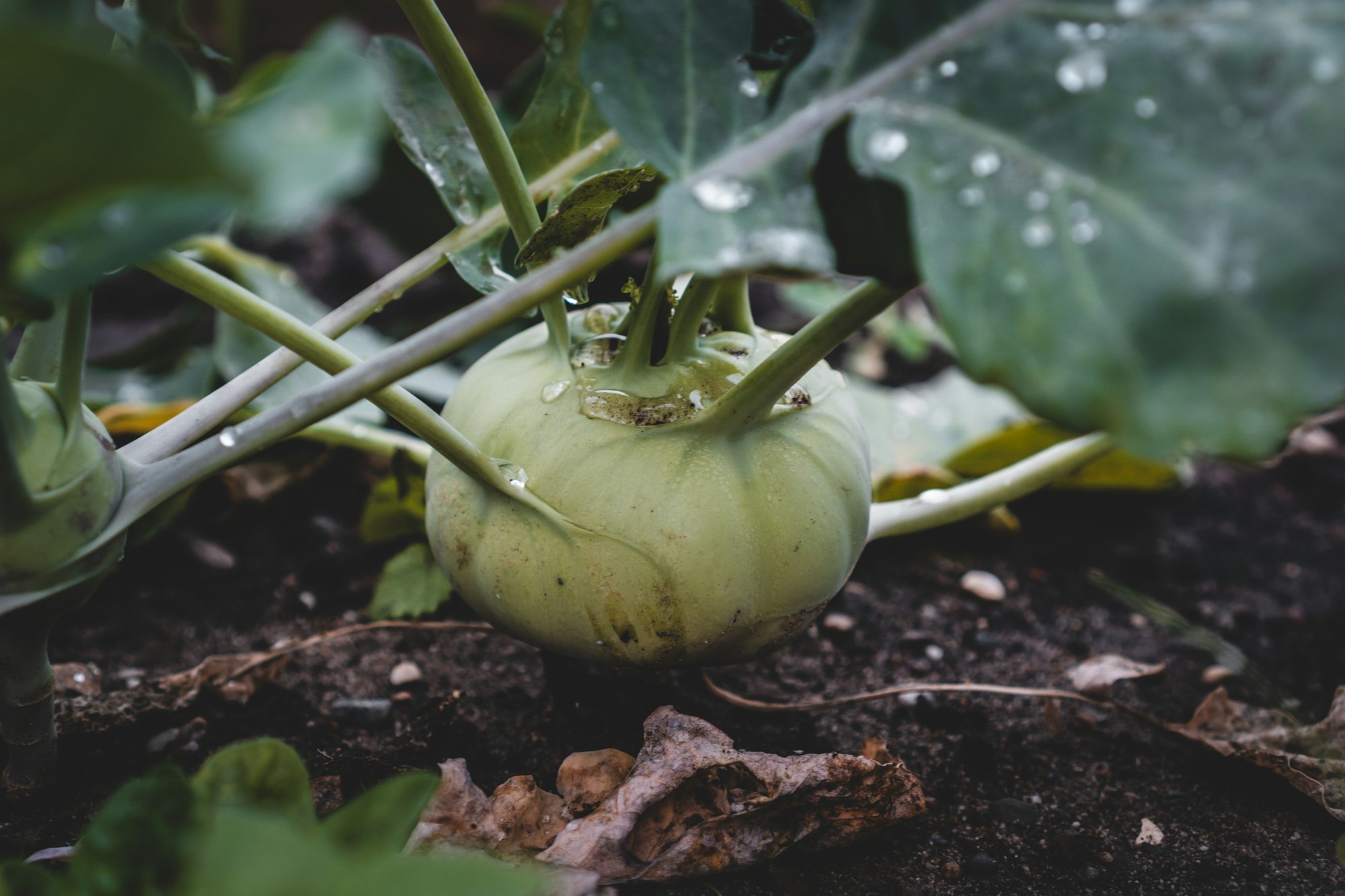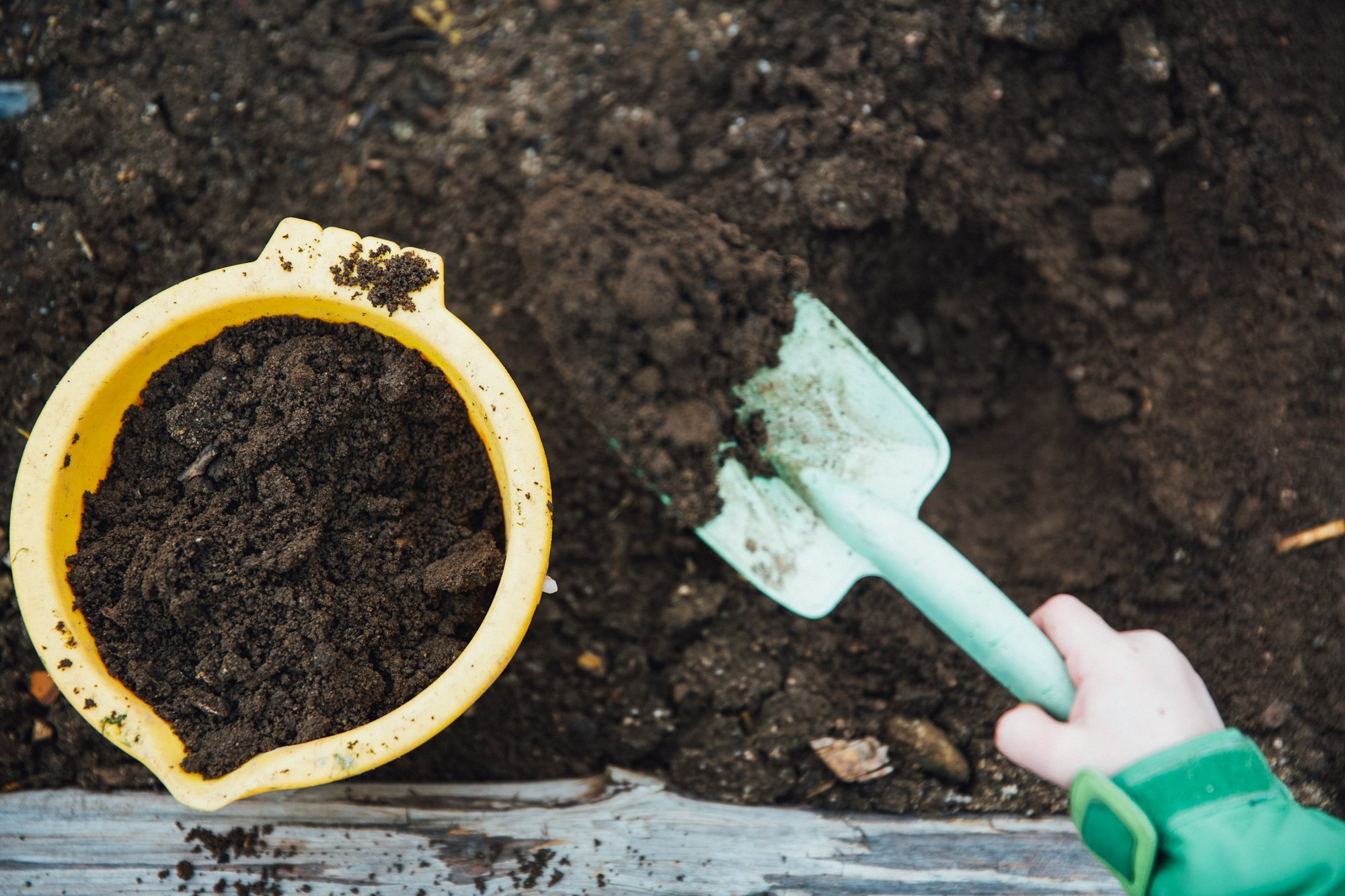How to Grow Turnips
Turnips are a versatile and nutritious root vegetable that can easily grown in your garden.

Table of Contents
They thrive in cool weather and can be grown for their roots and green leaves, making them an excellent addition to any garden.
To grow turnips successfully, you should start by choosing the right location in your garden with full sun and well-draining soil, such as sandy soil with a pH of 6.0 to 6.5.
Before planting, prepare the soil by loosening it to a depth of 12 to 15 inches and mixing in aged manure or compost for best results.
About Turnips
Turnips (Brassica rapa) are a versatile root vegetable from the Brassicaceae family.
They can be grown for their flavorful roots, such as the popular purple top white globe variety, or their nutritious greens, like the seven top variety.
These cool-season crops thrive in mild temperatures but struggle during hot summer months.
You will find various turnip varieties suitable for different purposes, offering diverse shapes, sizes, and flavors.
Remember that their distinctive leaves and roots can be harvested when growing turnips, providing a dual-purpose crop for your garden.
Growing Turnips
To grow turnips, start by planting seeds in spring. Choose an area with full sun, with a soil temperature between 40° and 75°F.
Turnips grow best in sandy soil with a pH of 6.0 to 6.5. Prepare the soil by loosening it to a depth of 12 to 15 inches, incorporating compost for added nutrients.
Sow seeds directly into the ground, about 1/2 an inch deep, and in rows 12 to 15 inches apart, favoring early spring and fall crops for larger roots.
After germination, when seedlings reach about 3 inches in height, thin them to 2 to 4 inches apart.
Ensure your turnips receive at least 1 inch of water weekly for healthy growth. Finally, practice crop rotation with turnips to avoid soil-borne diseases and pests.

Caring for Turnips
Sun and Temperature
Turnips grow best in full sun with soil temperatures between 40° to 75°F.
Plant them in spring, three weeks before the last expected frost, or mid-summer for a fall harvest.
Water and Humidity
Maintain consistent soil moisture by watering regularly.
However, avoid overwatering to prevent root rot and ensure well-drained soil for healthy turnip growth.
Soil
Turnips prefer slightly acidic soil with a pH range of 6.0 to 6.5.
Enrich the soil with organic matter and make sure the area is weed-free before planting.

Fertilizer
A well-balanced fertilizer or compost can enhance soil fertility, helping turnips grow quickly.
Incorporate manure or compost into the soil for optimal growth and to provide necessary nitrogen.
Thinning
Once seedlings have emerged, thin them to a spacing of 3-6 inches apart in rows 10-15 inches apart.
This allows room for the turnip roots to grow and prevents overcrowding.
Pruning and Propagation
Turnips primarily grow as root vegetables and don't require pruning.
Propagation is achieved through direct seeding in the soil during appropriate planting times.
Troubleshooting Plant Problems
Growing Problems
Turnips thrive in cool seasons, so avoid planting them in summer heat to prevent bolting and stress.
Ensure you plant your turnips in full sun or partial shade, as they don't perform well in heavily shaded areas.
Keep the soil consistently moist, as inconsistent watering can lead to splitting or rotting.
If you notice any issues above the soil, address them promptly to prevent further damage.
Pests and Diseases
Pests like flea beetles, aphids, and cabbage root maggots can cause significant damage to your turnip crop.
Look for signs of holes in leaves and wilting plants, and use organic pest control methods to manage these insects.
Turnips can also be susceptible to diseases like clubroot, downy mildew, powdery mildew, and more.
To minimize disease risk, practice good crop rotation and maintain healthy soil with proper drainage.
Companion Planting
When growing turnips, choosing compatible plants is essential to maximize growth and repel unwanted insects.
Beneficial companion plants include brassicas, rosemary, chives, onions, marigolds, and nasturtiums, as they work well together in the garden and promote each other's healthy growth.
However, there are plants you should avoid planting alongside turnips.
These include kohlrabi, mustard greens, radishes, cabbages, and potatoes, which can hinder growth or attract pests.
For its aromatic deterrent effect, consider incorporating garlic to repel insects like aphids, Japanese beetles, onion flies, and thyme.
Don't forget that beans and peas help fix nitrogen in the soil, providing essential nutrients to support turnip growth.

Harvesting and Storing
When it's time to harvest your turnips, aim to pick them when their roots are between 40 and 50 days old, as this is when they have the best taste and texture.
Remember that larger turnips can become woody, stringy, and bitter, so try to harvest them while still small.
After harvesting, properly storing your turnips is crucial for maintaining their quality.
Keep your turnips in a plastic bag in the refrigerator for short-term storage, which can last several weeks.
A root cellar is ideal for long-term storage, as it can keep your turnips fresh for several months.
Just ensure the temperature is between 32 and 40 Fahrenheit and the humidity is around 90%.
If you don't have access to a root cellar, consider freezing your turnips after blanching them for about 2 minutes to preserve their flavor and texture.
Conclusion
To successfully grow turnips, remember to plant them during cool weather, preferably in well-draining sandy soil with a pH of 6.0 to 6.5.
Provide at least 1 inch of water per week and make sure they receive full sun exposure to ensure healthy growth.
Once the turnips have reached their optimal harvest size, usually three inches in diameter, promptly harvest them for the best flavor.
With the right care and attention to detail, you'll enjoy an abundant harvest of turnips in no time.
Frequently Asked Questions
When is the best time to plant turnip seeds?
The ideal time to plant turnip seeds is during cool weather, as they are a cool-season crop. Start planting as soon as the garden soil can be worked.
What are the ideal conditions for turnip growth?
Turnips grow best in full sun, ranging from 40°F to 75°F. They prefer well-draining soil with a pH level between 6.0 and 7.5 that has been loosened to a depth of 12 to 15 inches.
Which companion plants are suitable for turnips?
Companion plants such as peas, beans, and garlic can benefit turnips. These plants help deter pests and improve soil nutrients, promoting healthy turnip growth.
How deep should turnip seeds be planted?
Plant turnip seeds about 1/4 to 1/2 inch deep, with 2 to 4 inches spacing between seeds. This allows enough space for the roots to develop properly.
What are the different stages of turnip growth?
Turnip growth stages include germination, vegetative growth, and root development. Germination occurs 7 to 14 days after planting, followed by leafy vegetative growth. Finally, roots develop, maturing in about 60-70 days.
How do you harvest and store turnips?
Harvest turnip greens when young and tender, while roots should be harvested when they reach 2 to 3 inches in diameter. To store turnips, remove the greens and store them separately in a plastic bag in the refrigerator. Keep the roots in a cool, dark place like a root cellar or a cool pantry.



